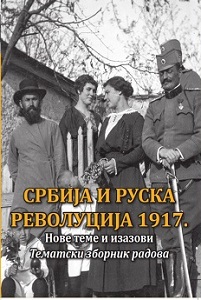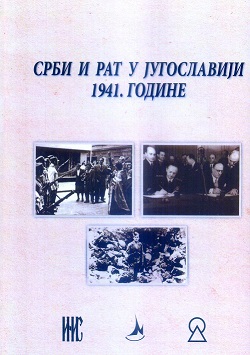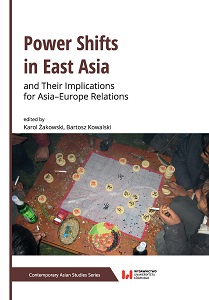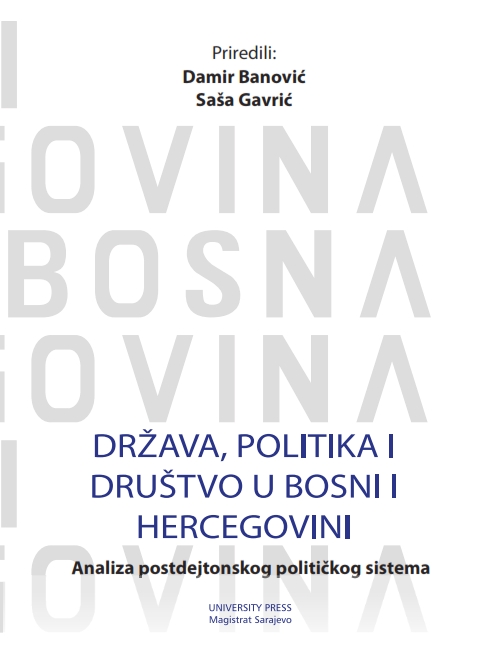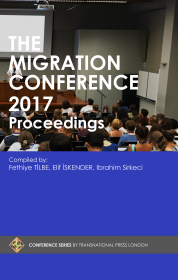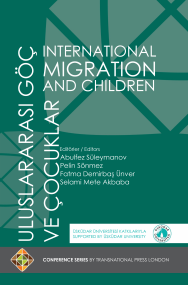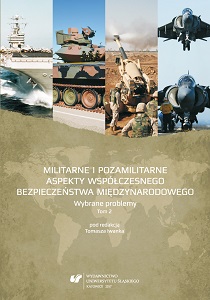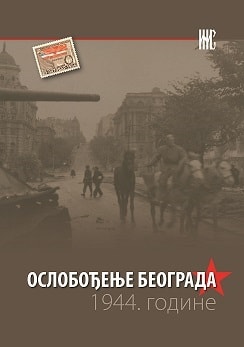
Совјетски ратни заробљеници у Југославији (1943–1944)
Soviet POWs are among the greatest victims of WWII. Their mass destruction by Nazi Germany was racially and ideologically (anti-Bolshevik) motivated. Soviet POWs came to the territory of Yugoslavia and Serbia in various ways. Some were sent to Serbia to complement the Russian Defense Corps, an auxiliary military unit of the German occupational forces. The largest group among the Soviet POWs were the Cossacks who volunteered for the First Cossack Division of the Wehrmacht. The combat career of this division, particularly in Syrmium and Slavonia, was marked by mass crimes. Nevertheless, there was also a wide-spread desertion from this unit. Part of the Soviet POWs found themselves in POW camps in Serbia and Yugoslavia. From among the escapees from these camps, as well as from among deserters from the Cossack Division who joined the partisans, a battalion of the 7th Vojvodina Brigade of the People’s Liberation Army was formed. Members of this battalion returned to the Red Army after its arrival in Serbia in October 1944. They too took part in the Belgrade operation which led to the liberation of the capital of Yugoslavia on October 20, 1944, as part of the 3rd Ukrainian Front.
More...
